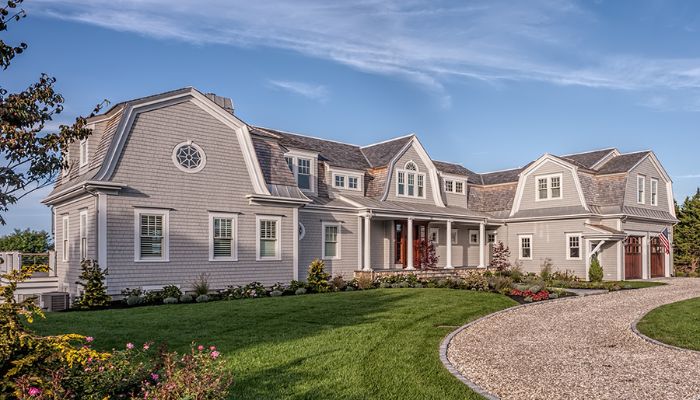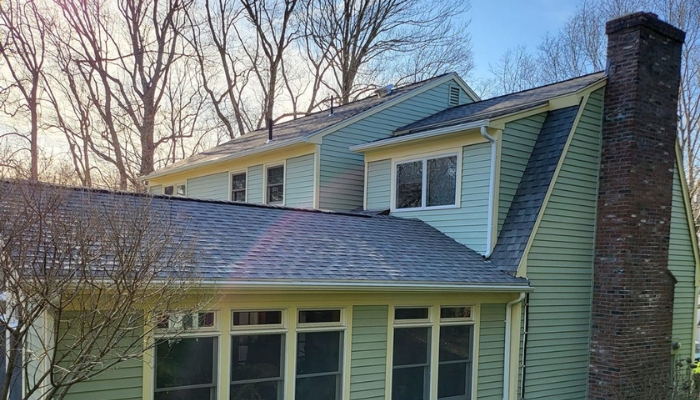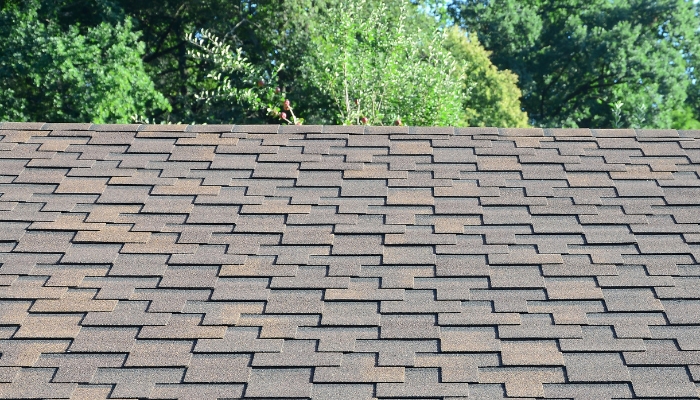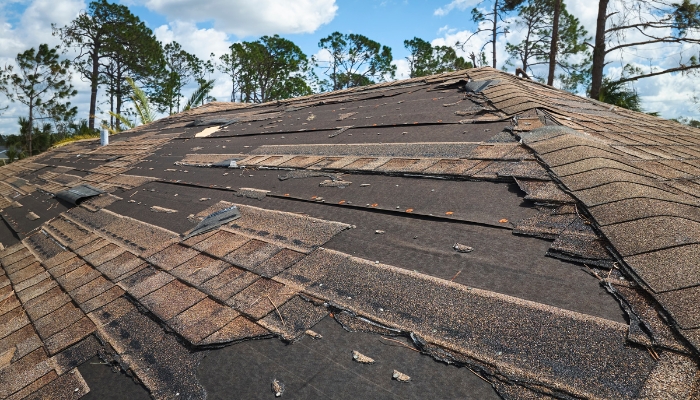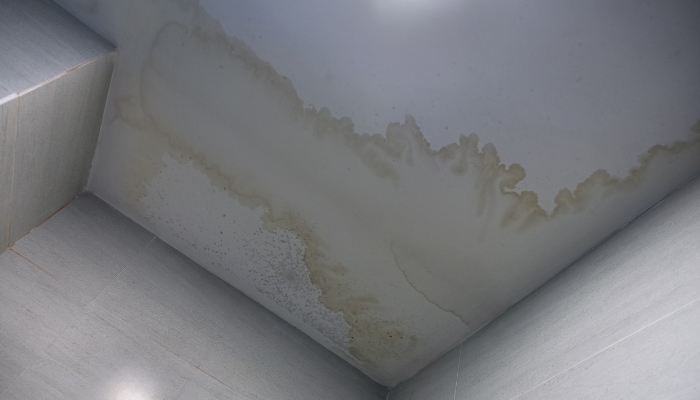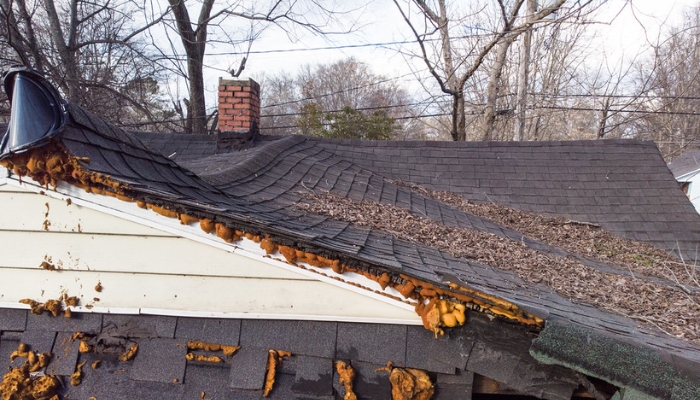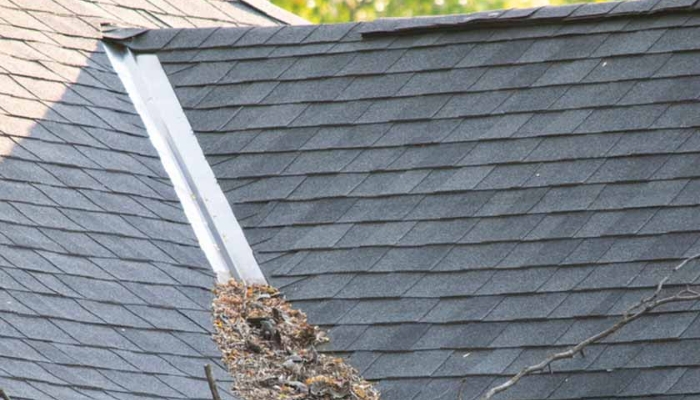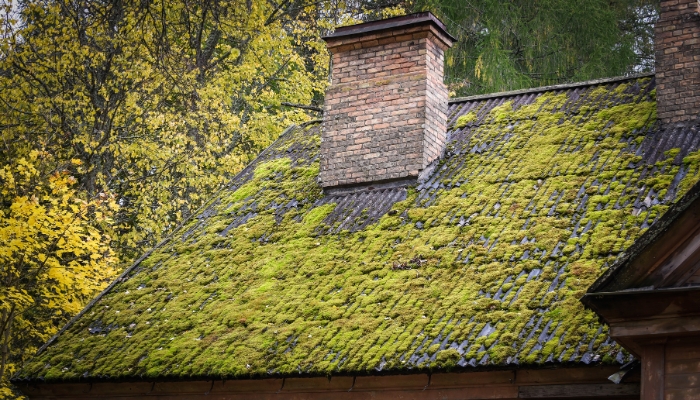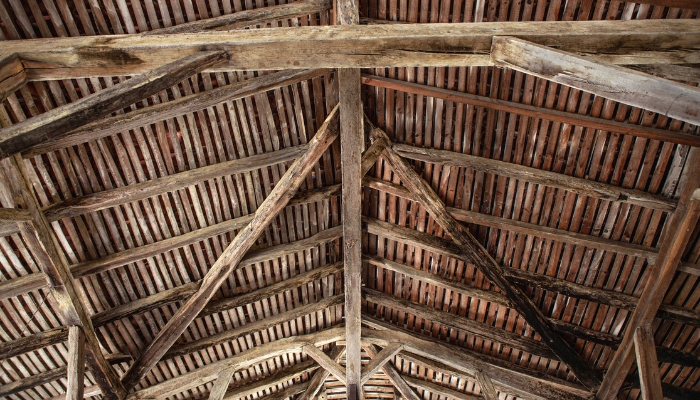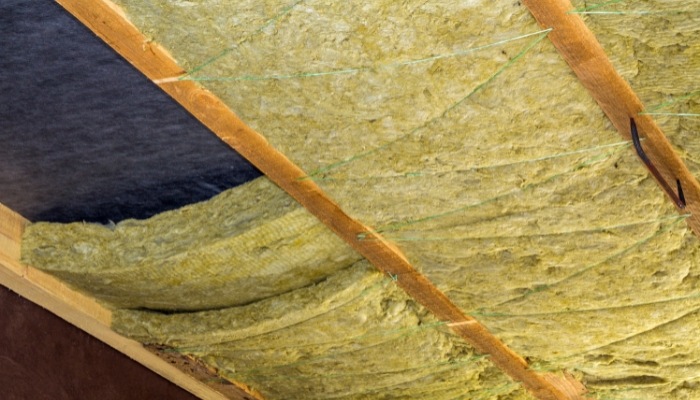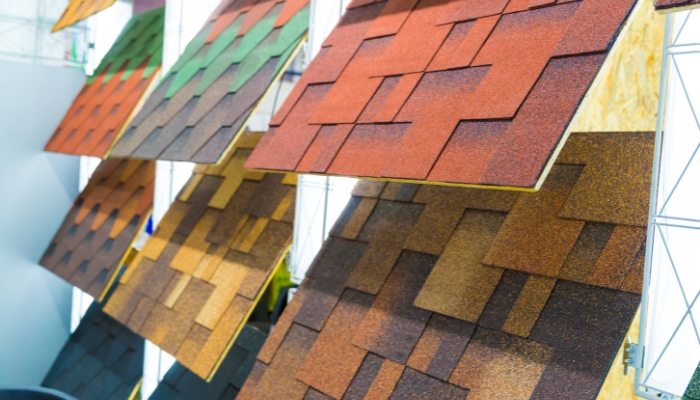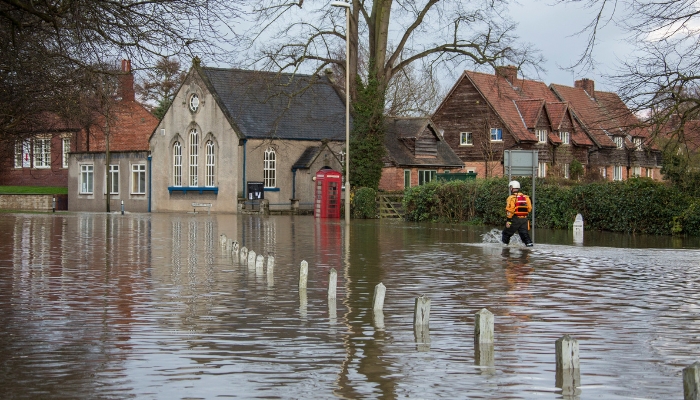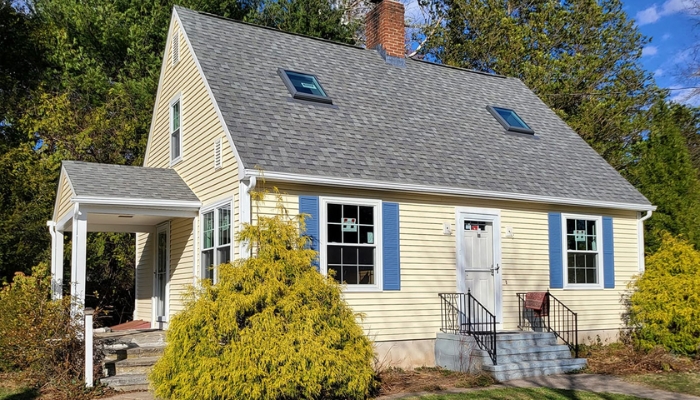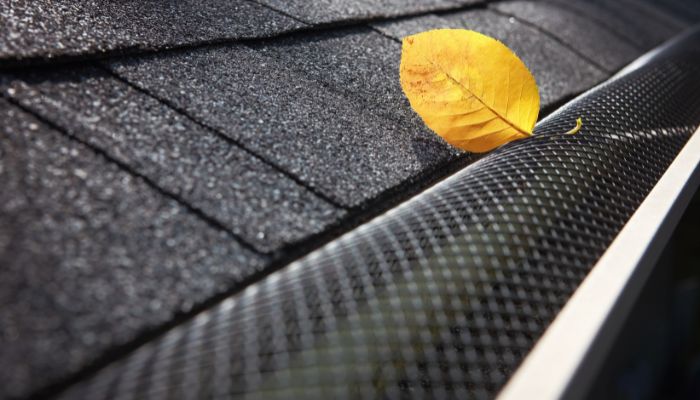Metal Roof vs Asphalt Shingles – Which Should You Choose?
When choosing a new roof, homeowners often find themselves comparing metal roof vs asphalt shingles — two of the most popular and widely used roofing options in North America. But how do they truly stack up against each other?
So, what are the main differences between metal roof and asphalt shingles?
The main differences between metal roofs and asphalt shingles come down to cost, longevity, energy efficiency, style, and maintenance needs. Metal roofs typically last longer and offer better durability in extreme weather, while asphalt shingles are more affordable upfront and easier to install.
So, which one is right for your home — and your budget?
Read on for a complete breakdown of costs, pros and cons, lifespan, and more in our side-by-side guide to metal roof vs asphalt shingles.
Metal vs Asphalt Shingles: Quick Comparison Table
| Feature | Metal Roof | Asphalt Shingles |
| Cost | $8–$16 per sq. ft installed (higher upfront) | $3–$7 per sq. ft installed (budget-friendly) |
| Lifespan | 40–70 years (long-term durability) | 15–30 years (shorter replacement cycle) |
| Style Options | Sleek, modern finishes; some mimic shingles or tile | Wide range of colors & textures; traditional look |
| Energy Efficiency | High – reflects solar heat, reduces cooling costs | Moderate – absorbs heat, less energy efficient |
| Maintenance | Low – resistant to rot, insects, fire | Moderate – prone to algae, granule loss, repairs |
Metal Roofs: Pros and Cons
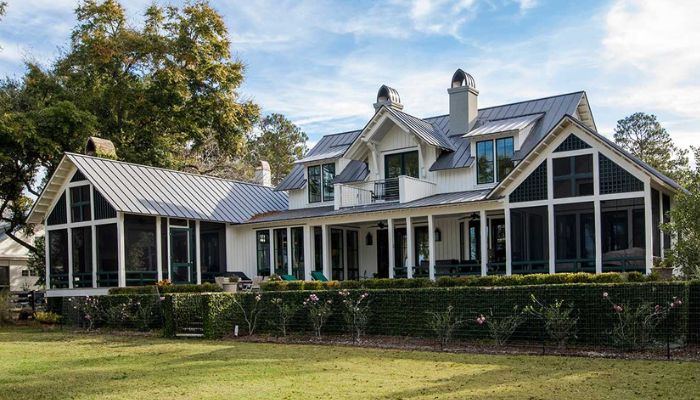
Metal roofing has earned a reputation for performance and longevity, but it’s not for everyone. Here’s what you need to know.
Pros
Metal roofs are known for their longevity, often lasting 40 to 70 years — far longer than asphalt shingles. They’re also highly energy-efficient, reflecting solar heat and helping to lower cooling costs, especially in hot climates. Environmentally conscious homeowners will appreciate that many metal roofing systems are made from recycled materials and are fully recyclable at the end of their life. Add in fire resistance and minimal maintenance, and metal roofing becomes a compelling long-term investment.
Cons
The biggest downside? Cost. Metal roofs can be two to three times more expensive to install than asphalt shingles. They can also be noisy during rain or hail if not properly insulated. And while metal roofs offer a sleek, modern aesthetic, that look doesn’t suit every home — traditional designs might clash with its contemporary vibe.
Best for
Metal roofing is ideal if you’re in it for the long haul. It’s a smart choice for homeowners in hot or wildfire-prone regions, or anyone seeking durability, efficiency, and a modern curb appeal.
Asphalt Shingles: Pros and Cons
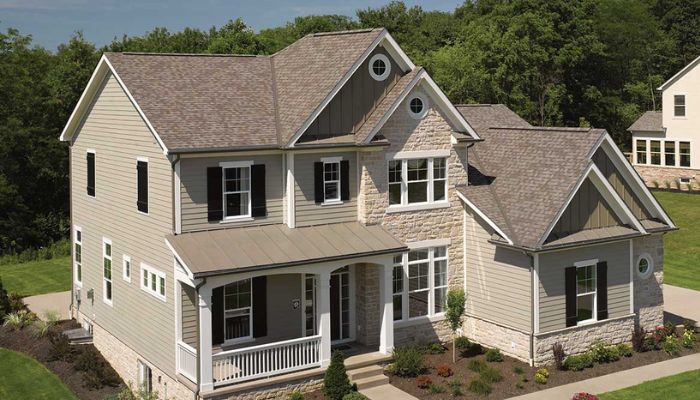
Asphalt shingles are the go-to roofing choice for most homeowners in the U.S., and it’s easy to see why. They offer a practical balance of cost, appearance, and ease of installation.
Pros
Affordability is the biggest draw. Asphalt shingles cost significantly less upfront than metal roofing and are much faster and easier to install. This makes them a great option for homeowners on a tight budget or those needing a quick roofing solution. Style-wise, asphalt shingles come in a wide range of colors and textures, making it easy to match almost any home aesthetic — especially traditional or colonial-style homes.
Cons
While asphalt shingles are affordable upfront, they often come with higher long-term costs. With a lifespan of just 15 to 30 years, homeowners planning to stay put may face at least one full replacement. Shingles are also more vulnerable to wind, hail, and temperature fluctuations, which can lead to more frequent repairs and maintenance. From an environmental standpoint, asphalt shingles are less sustainable — they’re petroleum-based and harder to recycle at the end of their lifespan.
Best for
Asphalt shingles are ideal for homeowners looking for a cost-effective roofing solution, especially if you plan to move within a decade or prefer a classic curb appeal on a modest budget.
Cost Comparison & Long-Term Value
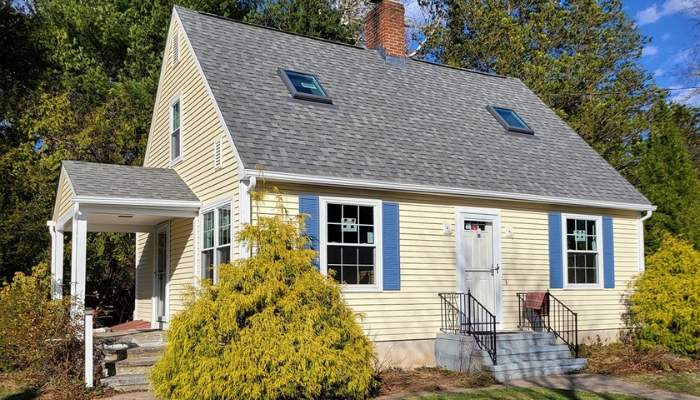
When comparing the cost of metal roof vs asphalt shingles, it’s important to look beyond the initial price tag. While asphalt shingles are cheaper upfront, metal roofing often delivers better value over time.
Installation Costs
Asphalt shingles typically cost between $3 to $7 per square foot installed, depending on material quality and regional labor rates. Metal roofs, on the other hand, range from $8 to $16 per square foot installed, with standing seam systems on the higher end and corrugated panels at the lower end of the spectrum.
That means a new asphalt shingle roof on a standard home might cost $6,000 to $12,000, while a metal roof could run $15,000 to $30,000 or more. Clearly, metal roofing demands a larger upfront investment.
Lifespan & Replacement Cycles
When comparing metal roof vs asphalt shingles, lifespan is a major factor. Asphalt shingles generally last 15 to 30 years, so homeowners planning to stay put may face at least one full replacement. Metal roofs, by contrast, can last 40 to 70 years — often the lifetime of the home. That means one metal roof can outlast two or even three asphalt shingle installations, saving tens of thousands in replacement and labor over time.
Thinking About a New Roof or Repair?
Get a Free Roofing Quote
K.P. LaMarco Construction offers expert roofing solutions, from repairs to full replacements, using high-quality materials and skilled craftsmanship to protect and enhance your home.
Energy and Insurance Savings
Metal roofs are more energy-efficient, especially in hot climates. They reflect solar heat, reducing cooling loads and potentially cutting energy bills by 10% to 25% in the summer. Asphalt shingles tend to absorb heat, making them less efficient in warm weather.
Additionally, some insurers offer discounts for metal roofing due to its fire resistance, wind durability, and lower long-term risk of damage. While savings vary, it’s worth checking with your provider — the difference in premiums could help offset the initial cost.
Bottom Line
If you’re focused purely on upfront cost, asphalt shingles win. But if you’re planning to stay in your home long-term — or you value lower maintenance, better efficiency, and long-term savings — a metal roof could offer far more value over its lifetime.
Installation & Maintenance Essentials
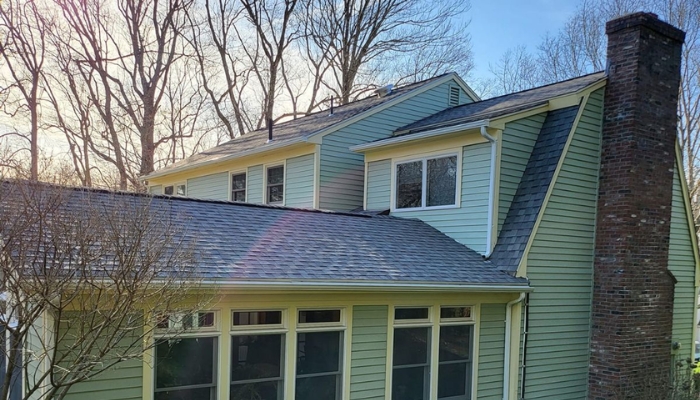
Beyond cost and durability, installation and upkeep can make a big difference in choosing between metal roofing vs asphalt shingles. Here’s what to expect in terms of labor, repairs, and finding the right contractor.
Installation Time & Labor
Asphalt shingles are quicker and easier to install. Most roofing crews can complete a shingle job in just a few days, making it ideal for tight timelines or emergency replacements. The materials are easy to work with, readily available, and well-known to most roofing contractors.
Metal roofing, by contrast, takes longer. Precision is key — especially with standing seam systems — and installation often requires specialized tools and training. While not overly complicated, it does demand more labor hours and skilled hands, which contributes to the higher upfront cost.
Repair Difficulty & Part Availability
When it comes to repairs, asphalt shingles have the edge in convenience. Damaged shingles can usually be replaced individually, and since they’re so common, matching replacement materials is relatively easy.
Metal roofs are more complex. Repairs may require replacing entire panels, especially if the damage affects seams or fasteners. Color matching can also be a challenge over time, as sun exposure causes fading. However, metal roofs are far less likely to need repairs in the first place, thanks to their durability.
Finding Qualified Contractors
The majority of roofing contractors are well-equipped to handle asphalt shingle installations. Metal roofing, however, is a different story — it’s essential to hire a crew with experience in metal systems. Improper installation can lead to performance issues, leaks, or noise problems down the line.
Not sure who to trust with your roof?
Contact KP La Marco — our experienced team specializes in both metal and asphalt shingle installations. We’ll guide you through your options, recommend the best solution for your home, and deliver expert installation every step of the way.
Thinking About a New Roof or Repair?
Get a Free Roofing Quote
K.P. LaMarco Construction offers expert roofing solutions, from repairs to full replacements, using high-quality materials and skilled craftsmanship to protect and enhance your home.
Frequently Asked Questions
Not necessarily. While it’s true that metal roofs can be noisier during rain or hail, proper insulation and solid sheathing typically eliminate this issue. In most modern installations, the noise difference is minimal — and many homeowners report no noticeable sound at all.
Yes — in many cases, metal roofing can be installed directly over asphalt shingles, as long as the roof structure is sound and local codes allow it. This method can save on tear-off costs and reduce landfill waste. However, it’s essential to have a professional inspect the existing roof before moving forward.
Metal roofs last significantly longer than asphalt shingles. With proper installation, a metal roof can last 40 to 70 years or longer, whereas asphalt shingles usually need replacing every 15 to 30 years. If longevity is your priority, metal is the clear winner.
Metal roofs perform better in both extreme heat and cold. They reflect solar heat in hot climates, reducing cooling costs, and they shed snow quickly in cold regions, helping prevent ice dams. Asphalt shingles are more prone to damage from thermal expansion, cracking, and moisture issues in extreme conditions.
Not necessarily. While it’s true that metal roofs can be noisier during rain or hail, proper insulation and solid sheathing typically eliminate this issue. In most modern installations, the noise difference is minimal — and many homeowners report no noticeable sound at all.
Yes — in many cases, metal roofing can be installed directly over asphalt shingles, as long as the roof structure is sound and local codes allow it. This method can save on tear-off costs and reduce landfill waste. However, it’s essential to have a professional inspect the existing roof before moving forward.
Metal roofs last significantly longer than asphalt shingles. With proper installation, a metal roof can last 40 to 70 years or longer, whereas asphalt shingles usually need replacing every 15 to 30 years. If longevity is your priority, metal is the clear winner.
Metal roofs perform better in both extreme heat and cold. They reflect solar heat in hot climates, reducing cooling costs, and they shed snow quickly in cold regions, helping prevent ice dams. Asphalt shingles are more prone to damage from thermal expansion, cracking, and moisture issues in extreme conditions.
Conclusion
When deciding between a metal roof vs asphalt shingles, it really comes down to your goals, budget, and how long you plan to stay in your home. Metal roofing offers unmatched durability, energy efficiency, and long-term value — ideal for homeowners investing in their forever home or dealing with extreme weather. Asphalt shingles, on the other hand, provide a more budget-friendly, faster-to-install option with plenty of design versatility, making them a solid choice for shorter-term ownership or traditional curb appeal.
Still not sure which roofing system is right for you?
Contact KP La Marco today to schedule a consultation. Whether you’re leaning toward a sleek, modern metal roof or the classic charm of asphalt shingles, our experts will help you make the best decision — and deliver professional installation you can count on.

